Put simply, data-driven personalization is the process of segmenting audiences and making marketing decisions based on facts and information, rather than best practices or historic choices. At face value, that concept isn't complex at all, but grows more advanced when you add data elements and smart tools to do the personalizations for you.
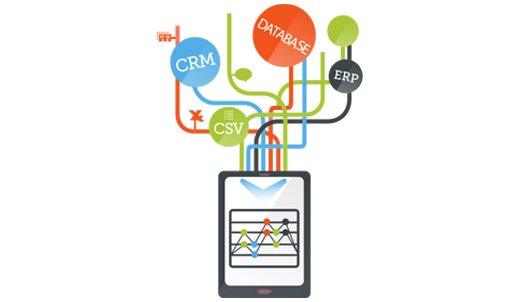
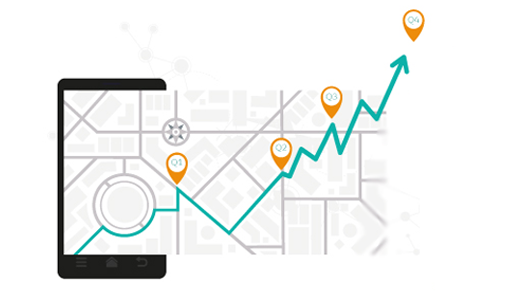
Data-driven personalization in marketing allows brands to focus on their customer's needs and intent. Not all customers have the same goals and needs, which can be challenging for marketers broadcasting the same message. Instead, data-driven personalization identifies customer needs and provides solutions for them. A business might have a dozen different messages or solutions based on a customer's journey or demographics.
Data-driven digital marketing is also flexible. It allows brands to change that they do and how they do it with just a few clicks. If you don't see the results you want, turn to data to understand why and change your ways. You can also test different ideas and determine their success based on clear analytics.
Personalization should play an integral part in the approach to create resonance and relevance. Use data to know what individuals need and how to deliver a specific message about their needs through their preferred communication channels.

Value drivers vary depending on what market you're in and what business challenges you're trying to solve. It is safe to say though that the value of retention is high for 99.9% of us. When you put your efforts behind keeping members and engaging them, you can create significant financial impacts for your organization.
Engaging just 10% more members can produce $134 million in medical and administrative cost reduction and new revenue. Be rigorous and analytical when it comes to your engagement efforts and you can achieve similar results.
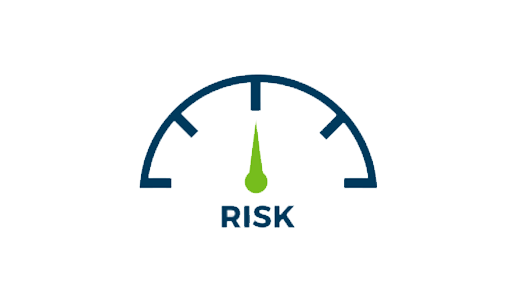
Knowing clinical risk at an individual level is critical to your personalization strategies. Utilize all the information you have – whether it be purchased or collected over time – and you can successfully predict an individual's likelihood to be at risk for specific conditions or needs.
You can even predict risk without claims information. One of our customers leveraged existing consumer data – no claims history was available – to identify and target individuals at high-risk for hospital admissions and garnered $1.5 million in cost savings.
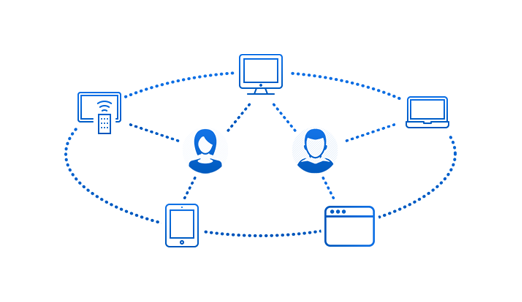
Data stratification can show you individuals who are 1) at risk and 2) likely to be impacted by intervention. Focus first on individuals with the highest level of need and opportunity for impact and start your outreach with the least costly method. Work out from there.
This approach will drive engagement rates up while lowering overall costs. In fact, one health plan customer was successful in improving engagement by 5% and decreasing the cost per impacted member by 36%.
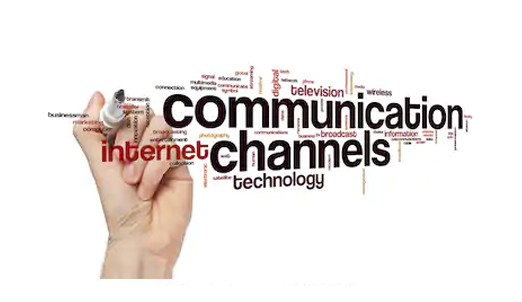
There are several ways you can determine the right communication channel(s). Step one is to go to the source and simply ask your consumers what they prefer. Next, look at how they have interacted with you in the past.
Then, you should also evaluate the channels that make the most sense for the types of communications you're sending. For instance, a Medicaid customer with a diabetes management program found that issuing short bursts of communications, on an established cadence, was most effective through text messaging. Eighty percent of members received the messages and remained enrolled throughout the 52-week program.
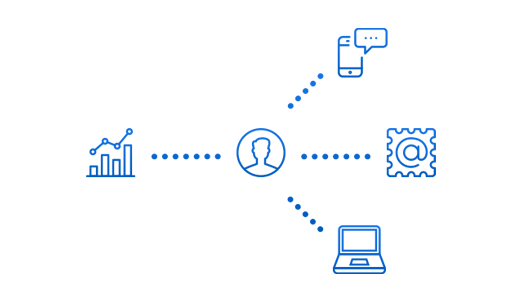
Personalization is more than just "Dear [FIRST NAME]," at the top of a letter. It's about knowing what is important to that individual and tailoring your messaging to them. A commercial health plan was looking to close gaps in care by sending screening reminders to a diabetic population. The initial outreach produced a 20.7% lift in screenings.
But here's where it gets interesting – when they returned to the non-responders a few months later, they didn't expect much, if any, lift. They adjusted their strategy by customizing the communications to speak directly to the member and cite exactly what screening he/she needed. The result? A 28.1% lift! All they did differently was use existing data to address their members as individuals.

There are many incentive options and the good news is that it doesn't always take a lot to motivate consumers to act. The trick is to get consumers to take the right action in the timeframe you need. To accomplish this, use incentives that are tailored to the audience and the action to nudge people toward your goal.
Health Risk Assessments (HRAs) and biometric screenings are important health status indicators for many of our customers. To encourage participation, one employer instituted monthly premium reductions as a carrot. The result was a completion rate of 81% among registered users!